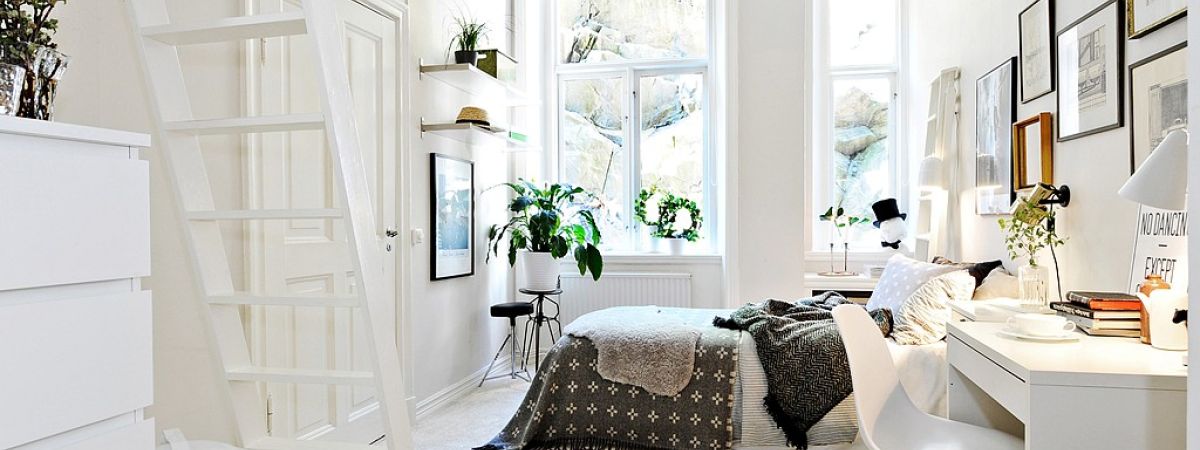
The minimalism style is based on the concept of less is more. It aims to return to basics where the superfluous has no place. Clean interiors, sober colors and simple furniture are the watchwords of this style of decoration.
What Is A Minimalism Style?
Born in the 1960s as a reaction to the consumer society and pop style, minimalism puts simplicity at the forefront. Being also a philosophy of life, we aim at decluttering interiors.
Minimalism is a style of decoration that goes well with any interior, whether it is largely open and bright rooms or smaller bedrooms.
In the rooms, we try to create continuity between the colors and the lines of the furniture. The interiors are tidy and clean and this applies to everything that is apparent, from the shelves of a library to the top of the furniture.
The materials most often used for furniture and decoration include concrete, glass, metals such as aluminum, stainless steel, and chromium, wood, stone, as well as artificial materials such as vinyl, PVC, and acrylic.
The floor can, for example, be concrete or wood, of solid color. Avoid tiling and intricate patterns.

The Furniture
In a minimalist style, the number of pieces of furniture in a room is limited to the strict minimum. The storage integrated and closed, as the functionality, are essential characteristics for furniture. Whether in-wall cupboards, wardrobes or drawers, objects should be kept out of sight as much as possible.

Minimalism is a philosophy that can be integrated into several styles of decoration, from Zen to vintage through the Scandinavian. However, we favor furniture without ornamentation or complex details, with clean lines. The minimalist style having many similarities with the modern style, we often find several pieces of furniture in this style of decoration.
As a general rule, we try to keep similar proportions for the size of furniture in the same room, in order to play on linearity and continuity.
The materials used for the furniture can include glass (including the above tables or shelves), but also metal and lacquered wood.

Colors
The minimalist style is characterized by sober and neutral colors, in contrast to the pop style which stands out with its bright and tangy colors. So there is a lot of white, a preferred color for walls, ceilings, and even furniture. Great importance is also devoted to natural light.
There are also different shades of gray and beige. We can enhance the decorations with black or small touches of more vivid colors, but we limit the patterns and prints.
We can play with the contrasts between colors, between light and dark, or white and black. We can also opt for a monochromatic theme and stay in the same color palette, gray or white for example.

The Accessories
Even if minimalism advocates clean and orderly decors, some decoration accessories are still allowed. Generally, the surface of the furniture is kept free of objects.
We favor accessories that are useful, that has great sentimental value or that really bring something to the level of aesthetics. It can be a plant, a work of art, a carpet or some cushions. For example, we can hang a large painting on the wall, but we will keep the other walls without frames or photos. Still with a view to less is more, a simple object can become a focal point in decoration.

On the lighting side, natural light is maximized. We can simply leave the windows without curtains or otherwise, we choose light curtains, sliding panels, simple wooden blinds or wide slats. We opt for simple lamps, always stylized. It can be recessed ceiling lighting or floor lamps with an elegant and simple design.

The Origins Of The Minimalist Style
Minimalism is a modern art movement that took off in the 1960s in the United States. Although it is inspired by the Bauhaus school, to which we owe among other things the modern style, minimalism is a response to the consumer society and to the pop style, with its vibrant colors, which was all the rage at the time.
The minimalist style is illustrated by the motto less is more and focuses on the essentials, sobriety and pure lines. Minimalism extends to several fields including fashion, architecture, and decoration.

